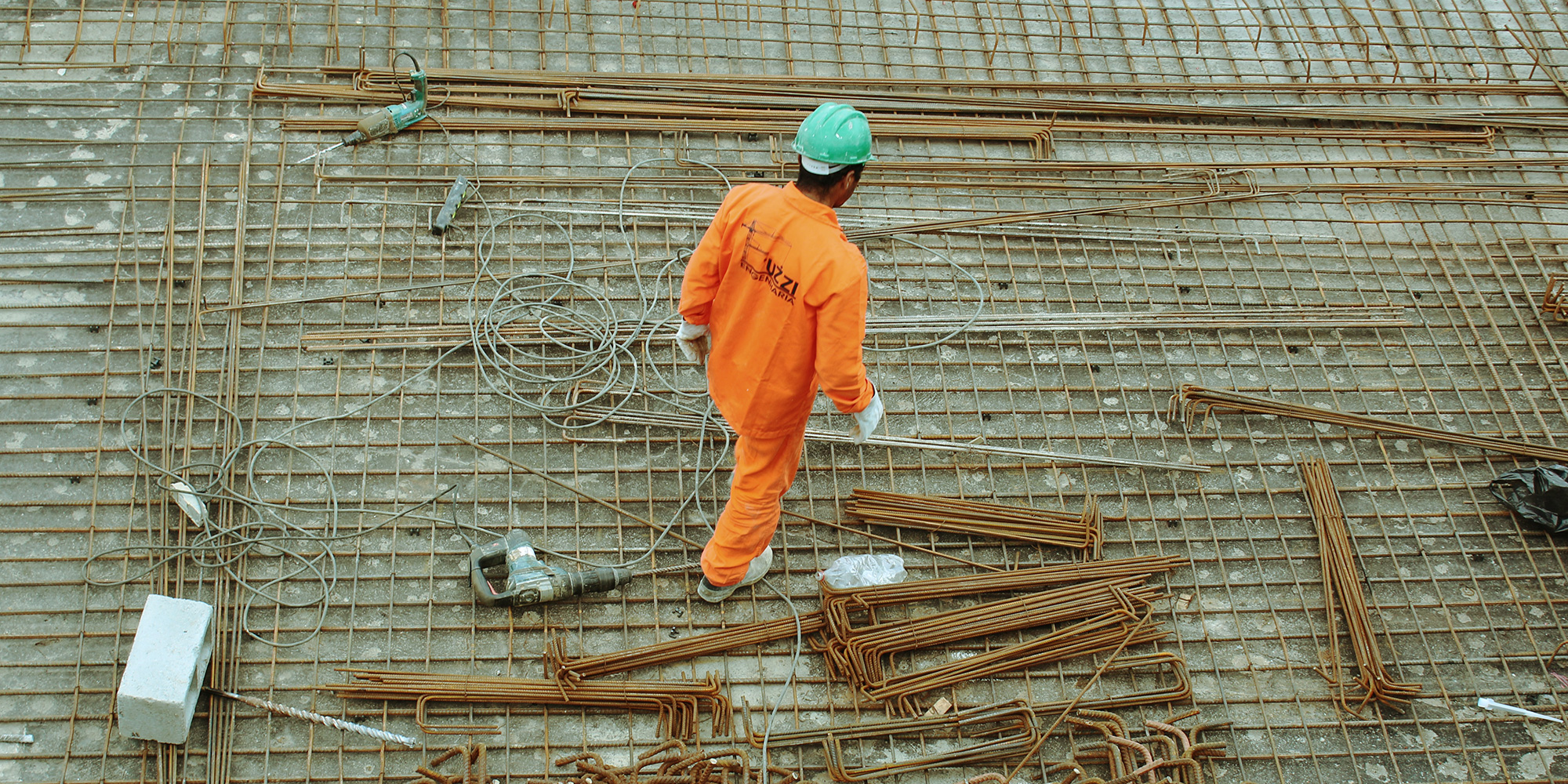Why Aren’t Aboriginal Workers Filling the Labour Shortage Gap?
The Conference Board of Canada recently released a report Understanding the Value, Challenges, and Opportunities of Engaging Metis, Inuit and First...
2 min read
Bob Joseph June 05, 2020

One of the challenges to retaining Indigenous employees is that many work sites are not inclusive environments. Creating a working environment that embraces inclusive principles is the foundation for retaining Indigenous workers.
Here are six steps to create an inclusive working environment for Indigenous workers:
1) Research existing Indigenous-friendly workplace programs. You don’t have to reinvent the wheel as there are many programs and best practice examples in existence. Involve your existing workforce in learning more about what an inclusive workplace means. Have some brainstorming sessions on how your company can create an inclusive work environment.
2) Research the culture of the Indigenous community you want to draw workers from. Culture is often equated to an iceberg - the part we see above the water is a small fraction of what lies beneath the water. In order to understand the culture of the local Indigenous community you need to look below the surface. Learn about the history of the community, the leadership structure and traditions. Keep in mind that Indigenous communities do not share a collective culture but each one is unique unto itself. If there is more than one Indigenous community in your area, spend the time to get to know each one.
3) Educate your existing workforce on the local Indigenous community culture. Inclusiveness has to be systemic from the boardroom on down in order to be successful.
4) Knowledge of local Indigenous culture includes an understanding of cultural responsibilities and needs such as absenteeism to partake in the traditional pursuits of hunting, fishing and other activities. Indigenous workers need to know that they do not have to forsake their traditions in order to be employed. If there is a death in the worker’s community, then that worker will require time off to attend cultural events, even if they are not directly related to the deceased. The community as a whole has suffered a loss.
5) Provide Indigenous Awareness training for the existing workforce. There is much about Indigenous Peoples that is not understood by non-Indigenous people. Awareness training goes a long way to erasing some actions that can adversely affect a new Indigenous employee right from the opening handshake... handshaking is not a traditional greeting in Indigenous culture. Eye contact is another area that requires consideration - Indigenous Peoples do not generally engage in eye contact during conversations. Sometimes it is the small things that can make the biggest difference to a new worker.
6) Provide educational programs that will allow Indigenous employees the opportunity to upgrade basic skills if needed. The lower levels of numeracy and literacy and substandard levels of education are barriers to workplace success. Opening the window to skills upgrading opportunities and career advancement is a good indicator that a worker is considered a valued member of the company.
Always, always remember that the legacy of the Indian Residential School system has resulted in many generations of Indigenous people who may not be comfortable with authority, who may have struggled with succeeding in the school system, who may have substance abuse in their community and family, and who may not come from a family or community that has positive work-related role models.
Featured photo: Shutterstock

The Conference Board of Canada recently released a report Understanding the Value, Challenges, and Opportunities of Engaging Metis, Inuit and First...

There’s a growing interest in Indigenous cultural competency in Canada and it’s very heartening to witness this change in attitude in government, the...

If you are experiencing a high turnover of Indigenous hires, then your recruitment efforts are working but your retention efforts are failing. This...